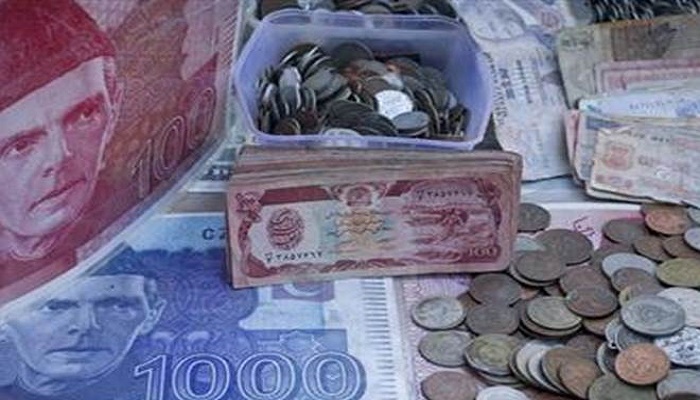
The fall and rise in the value of the currency are indirectly related to the economy. Depending on the situation and the time period, the value falls or rises.
The Pakistani rupee tumbled on Friday after what appeared to be an effective devaluation by the central bank, which later said a weaker local currency would help the economy grow and contain the balance of payments pressures.
In a volatile trading session, the rupee slumped to 109.50 per dollar at one point after opening at 105.55. It closed at 107 per dollar, according to the State Bank of Pakistan (SBP), after having mostly traded in a tight range of 104-105 per dollar since December 2015.
Traders and analysts said the fall was a de facto devaluation by the central bank, which is the biggest player in the thinly-traded rupee market and controls what is widely understood to be a managed float system.
“Everybody saw it coming. It has not come as a surprise,” said Saad Hashmey, research director at brokerage Topline Securities.
The SBP had previously attempted to devalue in July but the move was reversed by then-Finance Minister Ishaq Dar, who claimed he was unaware of the central bank’s plan and ordered an investigation.
Fawad Khan, head of research at BMA Capital, said the central bank had “withdrawn” its support for the rupee. Other analysts also interpreted the plunge as a devaluation.
The SBP said in a statement after the close of trading that the rupee had slumped due to “pressures” from high growth in imports and depletion of Pakistan’s foreign currency reserves.
“The SBP is of the view that this market-driven adjustment in the exchange rate will contain the imbalance in the external account and sustain higher growth trajectory,” it said.
The central bank added that it “stands ready to intervene, in case speculative and/or momentary pressures emerge, for the smooth functioning of the foreign exchange markets”.
Hashmey said market participants will watch in the next few sessions to see where the rupee settles.
“Given how the episode in July ended, I think the markets may just wait and see,” he added.
A growing number of economists had been urging the central bank to devalue what they said was an artificially strong rupee, arguing that its strength was hurting the manufacturing sector.
The balance of payments pressure is largely due to imports of machinery and other Chinese goods connected with a $57 billion infrastructure investment by China, part of its planned Belt and Road trade route stretching to Asia, Europe and beyond.
With foreign reserves dwindling, some analysts say Pakistan may need an International Monetary Fund bailout to avert a balance of payments crisis similar to the one it suffered in 2013, when it sought IMF help.
Last month, Pakistan raised $2.5 billion from the sale of two US dollar-denominated Sukuk and Eurobond issues in New York, the largest foreign bond sales in its history.

Post Your Comments